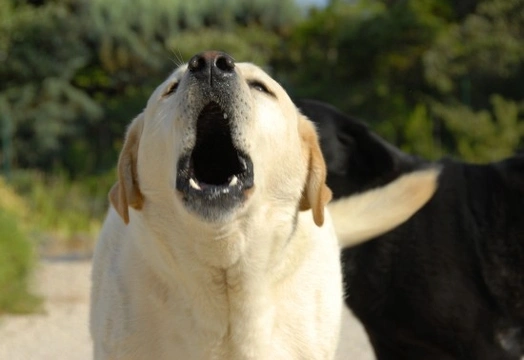Pets
Pets for studWanted petsBreedersAccessories & services
Knowledge hub
Support
Support & safety portal
Does your dog run up and bark at strangers?
If you have a lively and exuberant dog that has a tendency to run up to strangers at full pelt, barking at them, this can pose a significant problem. Obviously it is not appropriate to allow your dog to impinge upon someone’s personal space when in public places, and many people who do not like dogs or who are nervous around them will find this rude at best, and extremely frightening at worst.
This is of course a problem that the dog owner needs to address, if you ever have the hope of allowing your dog to run off the lead in public places, and is an issue that many dog owners are not sure how to tackle. If your dog has a tendency to introduce themselves to others loudly and vigorously when this is not wanted, read on to learn more about how to tackle the problem.
Why do dogs behave in this way?
There are two core reasons behind why your dog might run up to people barking; Either they are extremely friendly and excitable and are simply delighted at the idea of meeting someone new to play with, or they have been poorly socialised with people and view the other party as a potential threat or problem.
Whichever reason is at the root of your dog’s behaviour, it is important to tackle the problem by retraining your dog, in order to stop them making approaches in this way, and to return to you when you call them mid-flight.
Interim measures
While you cannot be sure about your dog’s responses to other people when they are in open spaces, it is important that you take interim measures to account for the safety and comfort of other people you might come across. Firstly it is important that you only walk your dog in public on a lead; possibly a retractable lead to provide a little more freedom; and that you only let them off the lead in enclosed spaces where there are no other people around.
If you have a park or a dog park around that is popular with other dog walkers but not the general public passing through, you may be able to let your dog off the lead here around other dog owners. Talk to those present first, explain the issue and ensure that they are happy with the situation, and that they will not be afraid of your dog.
How to socialise your dog
Both proper training and correct socialisation around strangers are the keys to altering your dog’s behaviour, and these are two things that you can undertake simultaneously. You may need to rope in the help of some of your friends and fellow dog lovers on occasion to play the part of “strangers,” and exposing your dog to the presence of lots of different people in different situations is important.
Begin by inviting friends to your home, meeting your dog in the home and garden, and saying hello to people in the street with your dog on the lead. Spend plenty of time in places where dog walkers gather and congregate such as dog parks, and allow your dog to have multiple calm and positive experiences meeting new people.
Re-training
In order to re-train your dog to keep from running at and barking at people, you will need to take your training back to basics, and work on getting and keeping your dog’s attention on you.
When out walking on the lead, keep your dog attentive and looking to you by passing them a treat every few minutes, which will focus their attention on you even though they will also be aware of other things going on around them.
When you spot another person and your dog has become aware of them, keep talking to your dog, and up their treat rations every time your dog turns their attention back to you. If your dog starts to bark, pull or act as if they are likely to try to bound up to the other person, do not tell them off, but change course so that you are no longer in the line of sight of the other person, and again, give treats to your dog when they stop focusing on the stranger.
Over time, you should find that your dog is no longer gaining a reward from trying to approach other people, and will display less excitement about their presence. You will then be able to make it gradually closer and closer to each new person before you need to change direction due to your dog’s responses, until you can pass or greet a stranger without major incident.
At the same time as you are working with your dog on the lead, use his off the lead time to work on his recall, and encourage him to keep close and return to you regularly by giving him treats every few minutes again. Teach your dog that if he comes when called he will be given a reward, and again, you will be able to split his attention between you and other stimulus, and encourage him to return to you.



